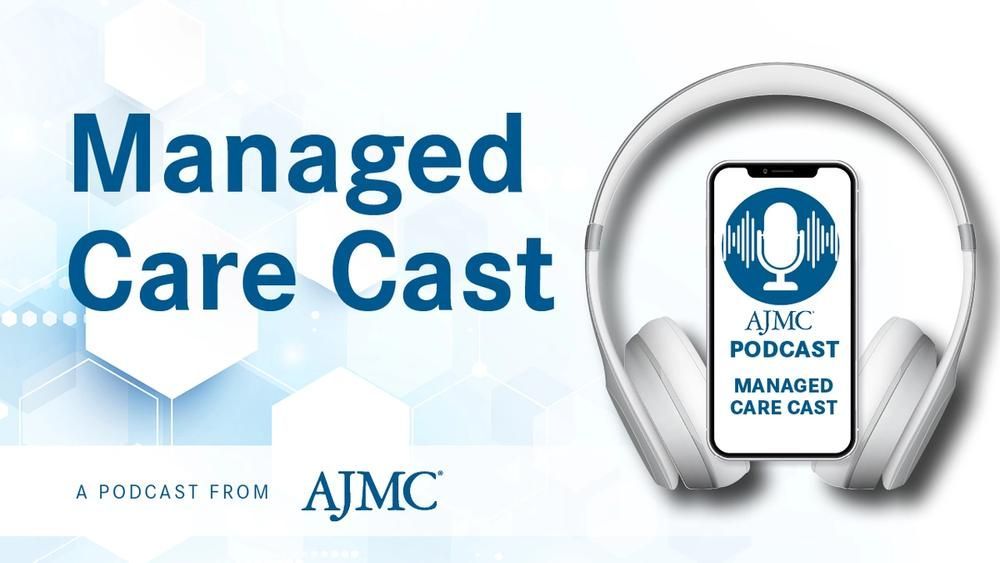News
Article
Higher-Dose Ocrelizumab Shows No Added Benefit vs Approved Dose in MS
Author(s):
Key Takeaways
- The MUSETTE trial found no additional benefit in higher doses of ocrelizumab for RMS compared to the standard 600 mg dose.
- The 600 mg dose of ocrelizumab remains optimal for slowing disability progression in RMS, with a strong safety profile.
The findings indicate that the currently approved 600-mg dose of intravenous ocrelizumab is optimal to significantly slow disability progression for patients with multiple sclerosis (MS).
Administering intravenous (IV) ocrelizumab (Ocrevus; Genentech) at a higher dose than the currently approved 600 mg did not show an additional benefit in patients with relapsing multiple sclerosis (RMS) in the MUSETTE trial (NCT04544436), Genentech announced in a press release.1 The findings suggest the currently approved dose is optimal to slow disability progression in patients with RMS.
The MUSETTE trial did not meet its primary end point, suggesting a higher dose of IV ocrelizumab does not provide added benefits compared with the currently approved 600 mg dose. | Image credit: Chanintorn.v - stock.adobe.com

Ocrelizumab was initially approved in 2017,2 and it is currently the only B-cell therapy approved for the treatment of relapsing MS. In 2024, the FDA approved twice-yearly subcutaneous ocrelizumab and hyaluronidase-ocsq (Ocrevus Zunovo) for relapsing MS and progressive MS.3 The phase 3 MUSETTE trial aimed to determine whether a higher dose of intravenous ocrelizumab would provide added benefits compared with the currently approved 600 mg dose.1
The trial did not meet its primary end point, which was to demonstrate additional benefits in slowing disability among patients with RMS with a higher dose of ocrelizumab based on a composite disability end point over a period of at least 120 weeks of treatment. The composite disability end point comprised time to first onset of 12-week composite confirmed disability progression based on Expanded Disability Status Scale score changes; a 20% or greater increase in time to perform the timed 25-foot walk; and a 20% or greater increase in time to perform the 9-hole peg test.
In the study, patients received either the standard 600 mg dose or a higher dose, which was 1200 mg or 1800 mg for patients weighing less than 75 kg or more than 75 kg, respectively. Rates of disability progression were low and consistent with those seen in pivotal studies of the standard 600-mg dose of IV ocrelizumab. Predefined analyses of disease activity also showed that the 600-mg dose had the lowest annualized relapse rate seen during the double-blind period of a phase 3 study in RMS, the press release noted.
Overall, the MUSETTE findings affirm that the currently approved 600-mg dose of IV ocrelizumab is the optimal dose for slowing disability progress in RMS. Regarding safety, the higher dose was still well tolerated, showed no new safety signals, and was comparable overall to the safety profile of the 600-mg dose. These findings reinforce both the safety and efficacy of ocrelizumab for RMS.
“[Ocrelizumab] is the first and only B-cell therapy approved for RMS and PPMS [primary progressive MS] and after more than ten years of treatment, the majority of people with RMS remain free from disease progression,” Levi Garraway, MD, PhD, chief medical officer and head of global product development at Genentech, said in the release. “These findings reaffirm that the current [ocrelizumab] IV 600 mg is optimally dosed to significantly slow disability progression. Moreover, in several predefined analyses on disease activity, [ocrelizumab] showed clinically meaningful results on relapses with a relapse occurring approximately once every 16 years, a first for an anti-CD20 RMS medicine.’’
The full MUSETTE trial data will be presented at an upcoming medical meeting, according to the press release.
Ocrelizumab is the most-prescribed disease-modifying MS therapy in the US and is the standard of care, the press release noted, and more than 400,000 people have been treated globally. The more recent approval of an IV formulation can expand access to ocrelizumab, enabling administration in centers without the infrastructure or capacity for IV delivery. A high-concentration formula designed for on-body device delivery is also in development.
References
- Genentech provides update on phase III Ocrevus high dose study in people with relapsing multiple sclerosis. News release. Genentech. April 2, 2025. Accessed April 7, 2025. https://www.gene.com/media/press-releases/15056/2025-04-02/genentech-provides-update-on-phase-iii-o
- FDA approves new drug to treat multiple sclerosis. News release. FDA. March 29, 2017. Accessed April 7, 2025. https://www.fda.gov/news-events/press-announcements/fda-approves-new-drug-treat-multiple-sclerosis
- McNulty R. Subcutaneous ocrelizumab and hyaluronidase approved for RMS, PPMS. AJMC®. September 17, 2024. Accessed April 7, 2025. https://www.ajmc.com/view/subcutaneous-ocrelizumab-and-hyaluronidase-approved-for-rms-ppms




